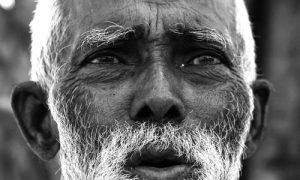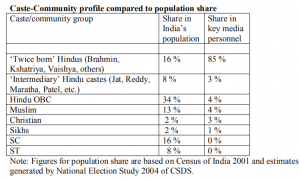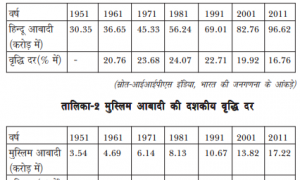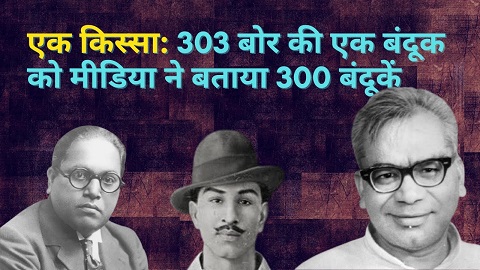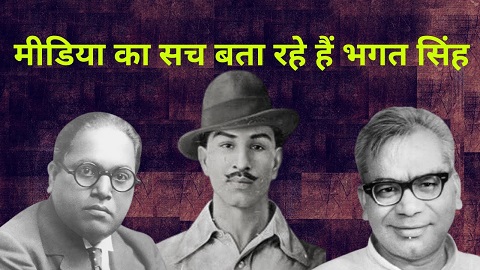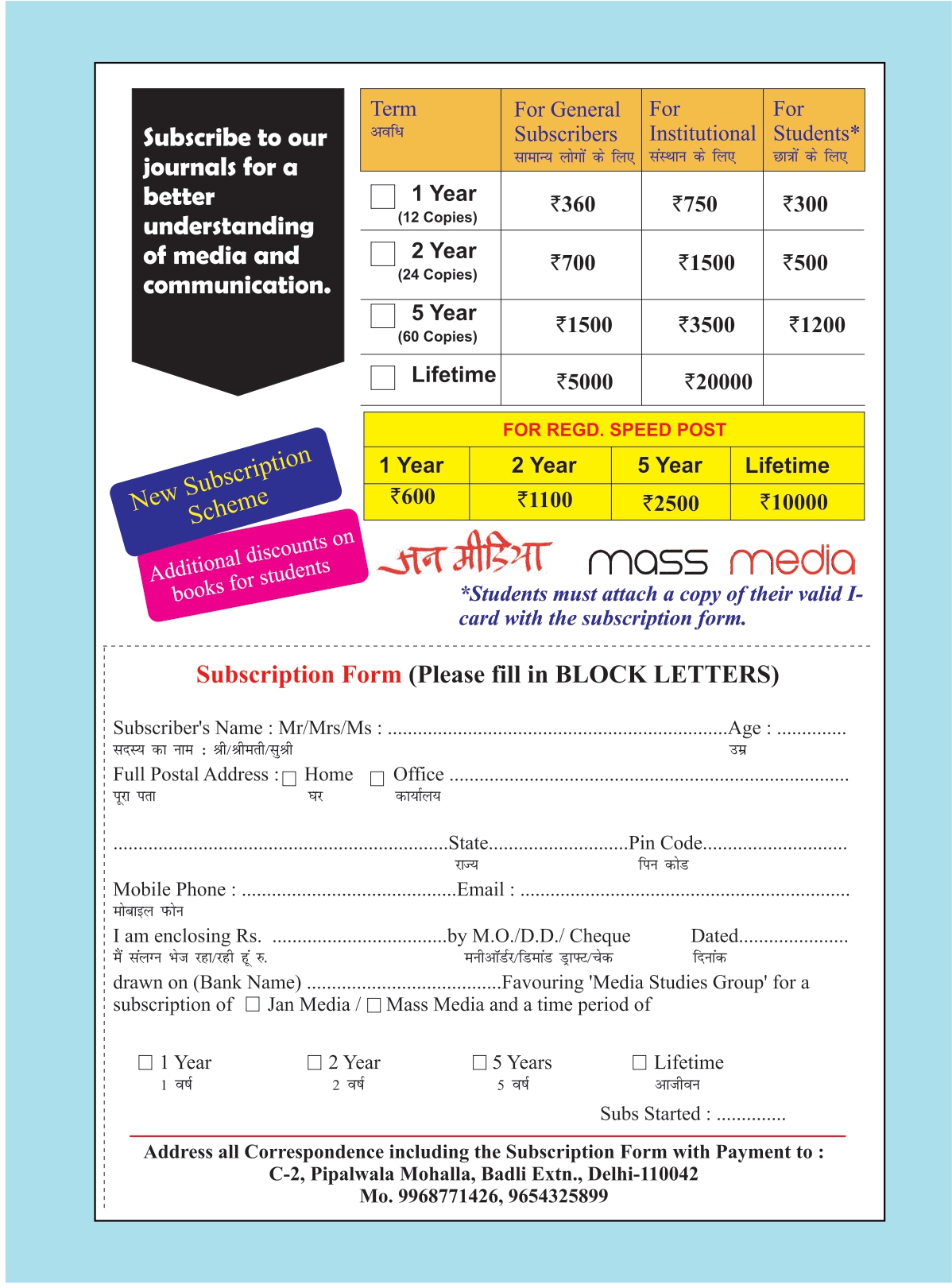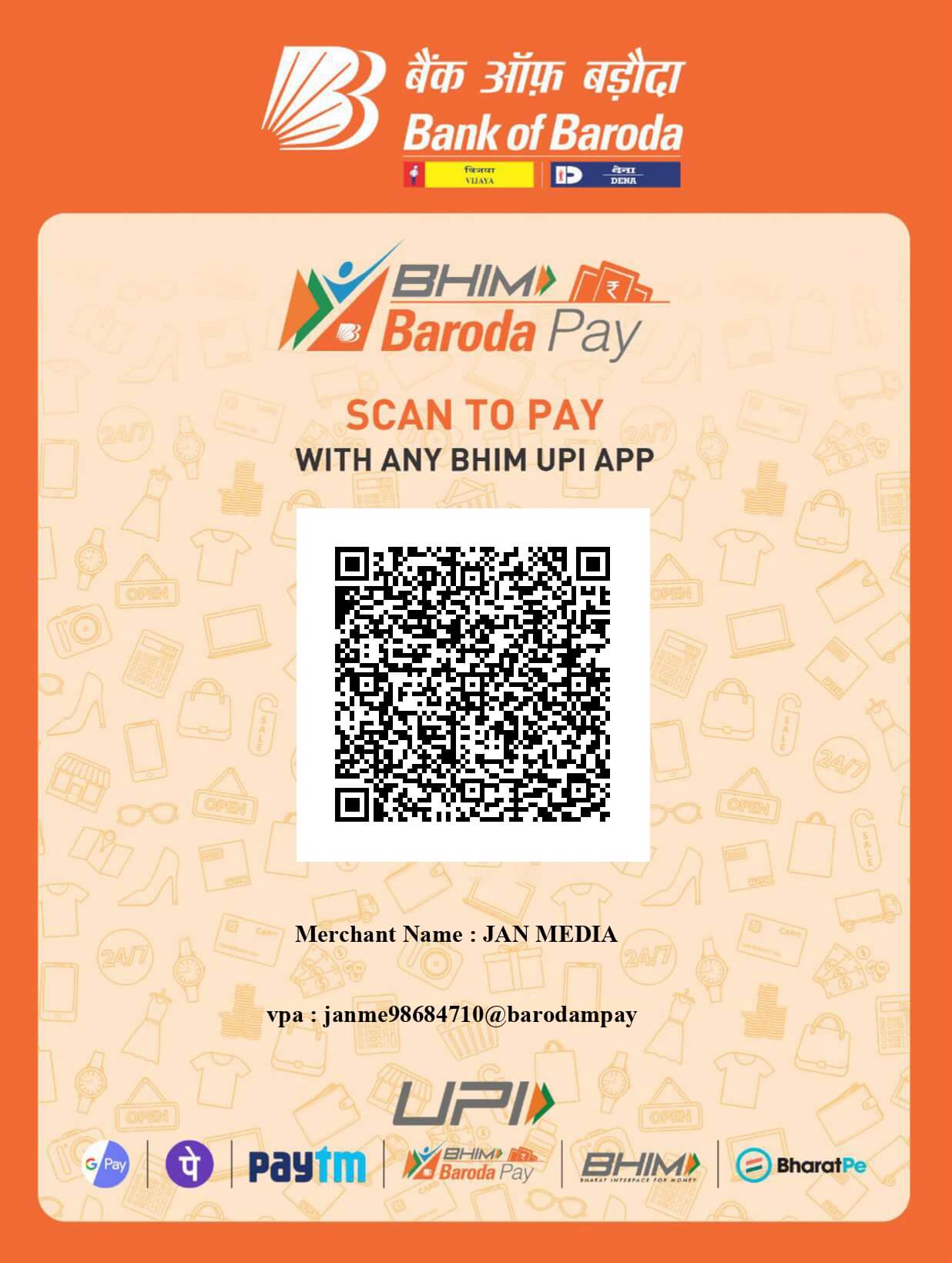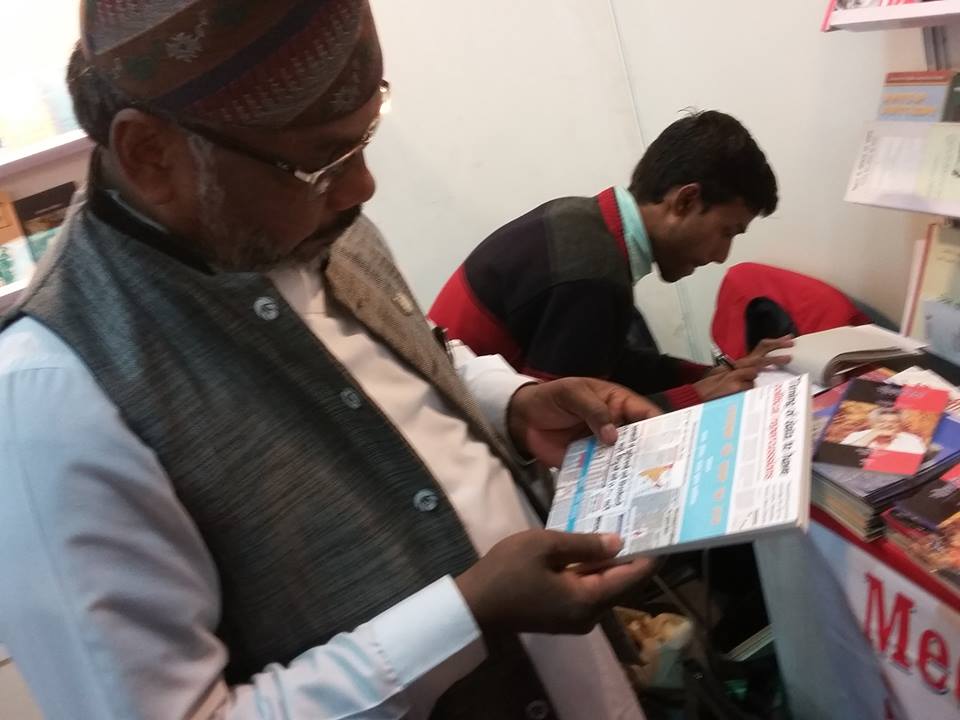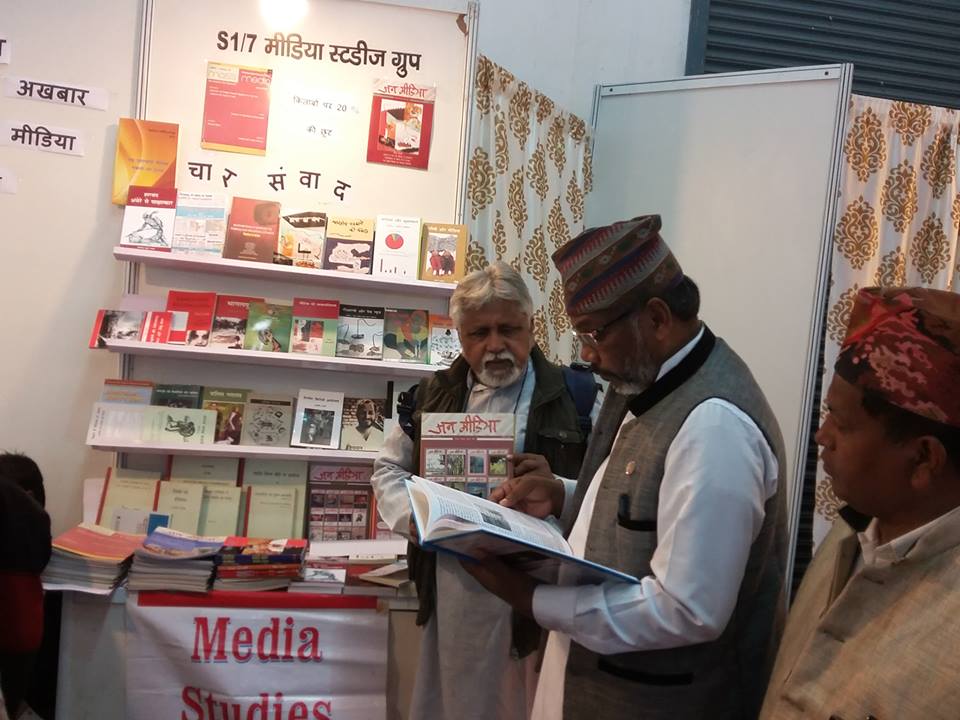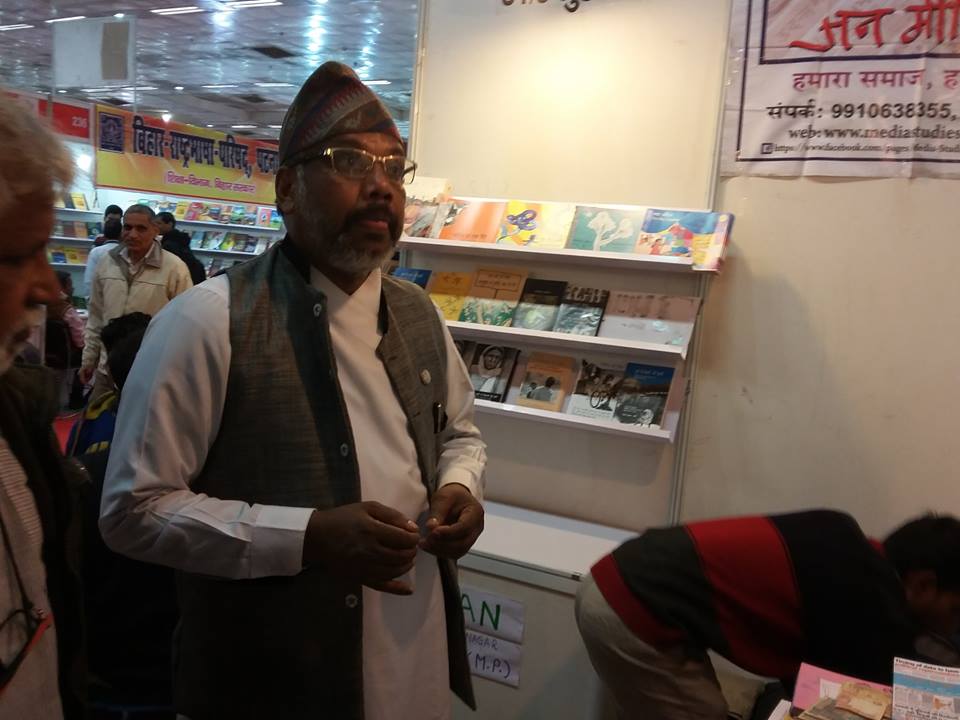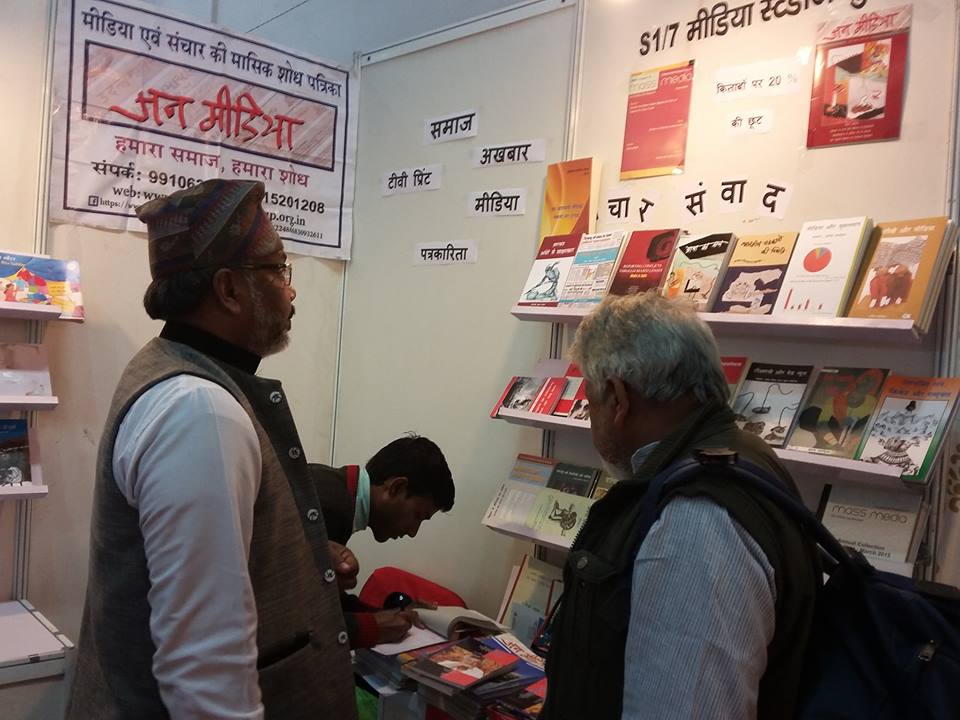The history of journalism in Saudi Arabia is as new as the country itself which was established in 1932 by King Abdul Aziz Al-Saud, father of the present ruler King Abdullah. Before 1932 the Arabian desert was fragmented in tiny fiefdoms owing allegiance either to the Ottoman empire, Egyptian rulers or local chieftains. When King Abdul Aziz gained control over the region and named it after his Al-Saud clan, Saudi Arabia had no major source of income except the religious tourism that saw Muslims from all over the world visiting the holy cities of Makkah and Madinah during the annual Haj pilgrimage.
It was only after the discovery of oil in 1938 that brought wealth and considerable influence to the desert kingdom. Petro-dollar, as the oil-backed wealth came to be known, paved the way for infrastructural development and the growth of local and regional economy.
Increased economic activities were a good omen for the newspaper industry. Till then Umm Al-Qura was the only newspaper published from the region. Al-Hijaz (the first-ever newspaper founded in 1908), Sawt Al-Hijaz and Madinah Al-Manawarah, which were closed during the World War II because of financial constraints, were re-launched in the 1940s. This was followed by the launch of more newspapers, all in Arabic, the language spoken by the local population. Two English language newspapers were launched from Jeddah in the mid-70s. A third English daily was launched from Riyadh, the capital, but closed after sometime because of lack of business. Currently there are more than a dozen dailies published from Saudi Arabia.
A number of magazines are also in circulation. Saudi magazines can broadly be classified into two categories: one that are called coffee table magazines focusing on lifestyle or issues that interest women; the other category is monthlies or quarterlies published by various government departments and the ministries. Chambers of Commerce and Industries in Jeddah, Riyadh and Dammam also bring out periodicals which are purely business in nature.
Radio and television are controlled by the government. The state-run Broadcasting Service of the Kingdom of Saudi Arabia (BSKSA) operates almost all broadcasting outlets. Kingdom’s minister of culture and information chairs the body which oversees radio and TV.
The Saudi Press Agency (SPA), established in 1971 and owned by the government, is the only news service in the Kingdom. It is solely responsible for the creation of official news. SPA services are available in Arabic as well as English. International news agencies like Reuters, AFP and AP maintain their offices in Saudi Arabia and hire local journalists. But they cover mostly business news meant for their international subscribers.
Other sources of news and views in Saudi Arabia are private television channels stationed outside of the kingdom and online newspapers operated mostly from neighbouring Arab countries. Bloggers are a recent phenomenon and pose a real challenge to the government.
Arabic newspapers published from Lebanon, Dubai and London are also printed and distributed in Saudi cities.
Foreign travelers carrying printed material are required to present it for censorship at the airport.
Saudi Arabia is one of the toughest countries when it comes to practicing journalism. Though newspapers are owned by private businessmen, they are created by royal decree. Editors and publishers, appointed by the owners, must be approved by the government. Legally there is no restriction on freedom of expression and newspapers are not subjected to pre-censorship but criticism of the government or the royal family is unthinkable. News and views that can upset the government or the religious establishment or harm Saudi Arabia’s business or political interests are automatically removed at the news desk. Materials that are contrary to the teachings of Islam and promote sex and have mention of pork or alcohol also get deleted. Copy editors in the newsrooms are extra-careful when dealing with sensitive or controversial subjects. The thumb rule of “when in doubt cut it out” is religiously followed in the newsrooms of Saudi newspapers.
Those handling news and writing political commentaries have to exercise utmost restraint. Even a veiled attack on the government may attract official wrath. Newspapers apply a strict standard of self censorship more severe than in most neighboring countries. The government uses the threat of closure and bans on offending writers or editors to stifle criticism.
In 2010, a liberal editor had to resign after he published an article critical of Saudi Arabia’s official Wahabi school of Islam. Years ago, an editor was publicly reprimanded by a senior minister for asking an uncomfortable question. The occasion was the live telecast of a press conference by the minister who also happens to be an important member of the royal family. The editor sought his opinion on women’s driving. The minister, instead of replying to the question, blasted him saying he did not expect a Saudi journalist to ask this question. Later the editor had to lose his job.
But now the scene is somewhat changing. Mirroring the spread of blogging, Twitter and a multitude of other ways to spread information, Saudi media has become more open and critical in recent years of both the government and the country’s rigid social mores.
Newspapers are writing on subjects considered taboo until 10 years ago. For example, criticism of religious police in newspaper columns has become normal. Questioning controversial court rulings is also no more unusual. Incidents of human rights violations and domestic violence are extensively reported. Even members of the royal family are some times criticized. But the king and senior members of the royal family as well as the Council of Ulema remain off limit.
The ruling Al-Saud dynasty has always run the kingdom in alliance with Wahabi clerics, trading government support of the clergy for the legitimacy that religious backing bestowed on their rule.
But in an apparent attempt to clip the wings of the conservative Islamic lobby which is resisting reform, the government is using the press. In recent years newspapers have increasingly reported on what they see as extreme, or eccentric, positions adopted by clerics. The trend began in 2002 when the press accused Saudi religious police of preventing schoolgirls evacuating a burning building because they were not wearing full Islamic attire, leading to 15 deaths.
When a cleric in 2010 issued a fatwa that said unrelated men and women could get around sexual segregation if the man drank the woman’s breast milk, he was ridiculed in the national press.
There is another reason for this leniency. Twenty years back Saudi newspapers waited for days for government approval before reporting on the invasion of Kuwait by Iraqi forces. Now it is no more possible. People have got alternative sources of information like satellite television, online news providers and social networking sites.
The wind of change running through the Arab world has renewed pressure on the Saudi government. Responding to the “Arab Spring” unrest that hit neighboring countries in the beginning of 2011, the government announced a series of stricter regulations for journalists.
In a royal decree issued in March 2011, King Abdullah forbade criticism of senior members of the clergy. A month later a new media law threatened fines and the closure of publications that offended top figures or were seen to jeopardize stability.
But success of such gags is doubted. “I don’t think that what has been going on in the last 10 years will be pulled back. Saudis, especially the youth, are becoming extremely creative and entertaining in delivering their message online,” Saudi columnist Hussein Shobokshi was quoted as saying in a press comment.
The spread of militancy among youth is another worry of the ruling class. In order to dilute the extremist religious attitudes, the authorities favour the liberal editorial approach of newspapers.
In a 2009 US diplomatic cable published by WikiLeaks, a Saudi editor said King Abdullah had personally visited his office to push for more progressive news coverage.
“He told us that conservative elements in Saudi society do not understand true Islam, and that people needed to be educated,” the editor was quoted as saying by the cable’s author.
Major Arabic dailies
Al-Sharq Al-Awsat, meaning Middle East, is a Saudi newspaper but its editorial office is based in London. Founded in 1978 and having a circulation of over two lakh, it describes itself as the “international newspaper of the Arabs”. Besides London, Al-Sharq Al-Awsat is printed simultaneously in several Saudi cities as well as other world capitals. It is published by the Saudi Research and Publishing Company (SRPC) owned by a nephew of King Abdullah. It is an influential paper which carries pan-Arab and international affairs news. It targets readers in Saudi Arabia interested in a wide range of news and opinions through its Saudi editions. Its main readership, however, is composed of Arab expatriates world-wide. Al-Sharq Al-Awsat is currently the only Arabic newspaper to own the Arabic copyright for many international syndicates such as The New York Times, Washington Post, Christian Science Monitor and USA Today.
Al-Hayat, or The Life, is another widely circulated Arabic daily in Saudi Arabia. But again, this is a London-based newspaper. Launched first in Lebanon in 1946 by Lebanese businessman Kamel Marwah, it is currently owned by another nephew of the king, Prince Khalid bin Sultan. With a circulation of over1.5 lakh, the newspaper describes itself as “an independent, international and Arab political daily paper”. It is an influential newspaper throughout the Arab world including Saudi Arabia. It is targeted at Arab communities in about 30 countries in the Middle East, North Africa, Europe and North America, where it is available every morning through satellite printing. It has offices in many Arab and European capitals.
Okaz is one of the leading dailies published from Jeddah, Saudi Arabia. The newspaper is named after the popular Okaz market, which was one of the largest open markets during the pre-Islamic era. Its daily circulation crosses one lakh with main readership in the Hejaz region where lies the holy cities of Makkah and Madinah. It was launched in 1960 as a weekly but became a daily in 1964. It is owned by Okaz Organization for Press and Publication which is a truly private company with top Saudi businessmen holding controlling shares. But it functions more as a government mouthpiece. It is simultaneously printed in Jaddah and Riyadh, the capital. It has a strong network of reporters throughout the kingdom.
Al-Watan, meaning the homeland, was launched in 2000 from Abha, the pictures hilly city in the west of Saudi Arabia. Though new in the business it is hugely popular because of its radical views and bold reporting. Its popularity is reflective of the changing mood of a nation suppressed for decades in the name of religion and conservatism. Ironically the newspaper was launched by Prince Khalid, son of late King Faisal, and set up on a site donated by the Crown Prince Sultan Bin Abdul Aziz, who died recently. Al-Watan is a national daily with international publishing facilities in London; New York; Amman, the capital of Jordan; and Cairo, the capital of Egypt.
Al-Jazirah (The Island) is another Arabic daily published from Riyadh. It was founded in 1972 and has a circulation of more than one lakh. Al-Jazirah is widely circulated all over the Kingdom and is also available in other Arab and European countries. According to BBC, it was the first Saudi Arabia-based newspaper to launch a web site in 1997. The number of visitors to the site has increased to more than 30 lakh in less than three years.
Al-Riyadh, with a circulation of 1.5 lakh, is among the oldest Arabic dailies in Saudi Arabia. Published from Riyadh since 1964, it describes itself as the newspaper of the Saudi capital. It is one of the most respected papers for local and regional Arab Gulf affairs.
Al-Yaum (The Daily) is published from Damma in eastern region of the kingdom, where it is widely read. It was founded in 1965 as a weekly and converted into daily in 1978. It carries mainly local news from Dammam, known globally as the oil hub of the kingdom.
English, other dailies
Arab News is the first English-language newspaper of Saudi Arabia which was launched in 1975. It is based in Jeddah with simultaneous printing from Jaddah, Riyadh and Dammam. It is published by Al-Sharq al-Awsat group owned by Prince Ahmad Bin Salman.
Arab News is mainly subscribed by the Saudi Arabia’s Asian community which consists of several lakh people. Its circulation touches one lakh. The newspaper likes to see itself as breaking cultural barriers and unifying Arabs and non-Arabs alike in responding to their need for information. It pays special attention to news from India, Pakistan and the Philippines, as well as new from Middle Eastern countries and Europe ad Americas. It also carries local news, business news, sports and features.
Saudi Gazette is another English daily also published from Jeddah. It is owned by the Okaz group. Like Arab News its readership base is the Asian expatriate community. It also focuses on the news that interests Asians. It was launched specifically to inform the increasing number of English-speaking readers in Saudi Arabia of the kingdom’s achievements and foreign policies.
Urdu News, published from Jeddah, is so far the only Urdu newspaper brought out from anywhere in the Middle East. Launched in 1994, it is meant for the Urdu-speaking expatriates from India and Pakistan. It is published by the SRPC which publishes Al-Sharq Al-Awsat and Arab News.
Malayalam News is also published by the SRPC. Launched soon after Urdu News, its circulation is limited to the expatriate community from India’s Kerala state which sends maximum number of workers to Saudi Arabia and other Gulf countries.
Keralites in the kingdom get one more newspaper in Malayalam. This is Kerala-based Madhyamam which is printed and distributed in Saudi Arabia along with local newspapers.
Cartoons
An important feature of the Saudi newspapers is satirical comments expressed in strokes. Almost all the newspapers carry cartoons on their edit pages. The subject of these cartoons ranges from caricatures on social issues to political developments in the Middle East and beyond. The late Kahil’s cartoon’s published every day in Al-Sharq Al-Awsat, Arab News and other SRPC publications were so effective that the US State Department is said to have a separate unit to study his cartoons in order to monitor the Arab mind.
(Shaheen Nazar is currently Adjunct Faculty in the Department of Mass Communication, Sharda University, Greater Noida, UP. He has spent 20 years in Arab Gulf countries working for at least four English newspapers including Jeddah-based Arab News and Saudi Gazette. His e-mail ID is: nazarshaheen@gmail.com)


